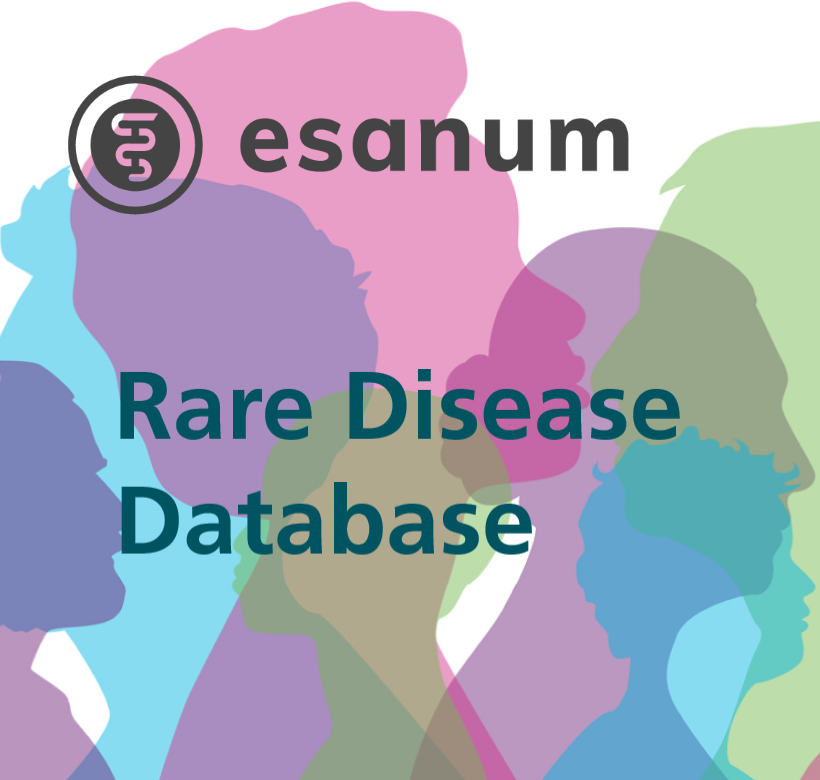- Newsome SD, Johnson T. Stiff person syndrome spectrum disorders; more than meets the eye. J Neuroimmunol. 2022 Aug 15;369:577915. doi: 10.1016/j.jneuroim.2022.577915. Epub 2022 Jun 12. PMID: 35717735; PMCID: PMC9274902.
- Hadavi S, Noyce AJ, Leslie RD, Giovannoni G. Stiff person syndrome. Pract Neurol. 2011 Oct;11(5):272-82. doi: 10.1136/practneurol-2011-000071. PMID: 21921002.
- Dalakas MC. Stiff-person Syndrome and GAD Antibody-spectrum Disorders: GABAergic Neuronal Excitability, Immunopathogenesis and Update on Antibody Therapies. Neurotherapeutics. 2022 Apr;19(3):832-847. doi: 10.1007/s13311-022-01188-w. Epub 2022 Jan 27. PMID: 35084720; PMCID: PMC9294130.
SPS: muscle cramps, walking difficulties, voice problems
What if the body no longer does what it is supposed to? The stiff-person syndrome has serious effects on the muscles of those affected. So far, there is no causal therapy.
All about Stiff-Person Syndrome
Epidemiology and causes
The incidence is 1:1,000,000/year. The disease usually manifests between the ages of 20 and 50, with women being two to three times more likely to be affected than men.1
Stiff-Person Syndrome is thought to have an autoimmune etiology. This is supported by the frequently detectable anti-GAD autoantibodies. In addition, the disease is often associated with type 1 diabetes mellitus. A paraneoplastic genesis of the disease is also possible.
Symptoms and diagnosis
Symptoms include progressive muscle rigidity, stiffness and spasms of the axial muscles (often triggered by auditory stimuli), which may result in impaired locomotion.
In addition to its classic form, which is observed in 70-80% of cases and affects the entire muscle system, there is also a partial stiff-person syndrome, which affects 10-15% of patients and is usually associated with complaints in only one limb. Other subtypes include paraneoplastic stiff-person syndrome.2
The diagnosis is based on a precise recording of the characteristic symptoms. Continuous activity of motor functions can be detected by means of electromyography. This is typically reversible with diazepam. It is also important to exclude other differential diagnoses such as Parkinson's disease, axial spondyloarthritis, tetany, axial dystonia and psychogenic movement disorder.
Therapy and prognosis
A causal therapy for the disease does not yet exist. Diazepam is recommended for symptomatic therapy. If there is no response to therapy, baclofen can be used as an alternative. Immunoglobulins are currently recommended as immunomodulatory therapy. Other therapeutic approaches include B-cell depletion using rituximab, plasmapheresis and other immunosuppressive agents, although studies are very limited so far.
The prognosis is variable and depends on the extent of the affected muscle regions, but most patients experience increasing disability over time.3
As for Ms Dion, now a public figure giving visibility to the condition, conluded the message stating: "Singing is all I know, it's what I've done all my life". Her European tour planned for February 2023 will have to be postponed, and a team of experts is assessing the options to ensure her recover from the illness.
References:
Rare Disease Day
